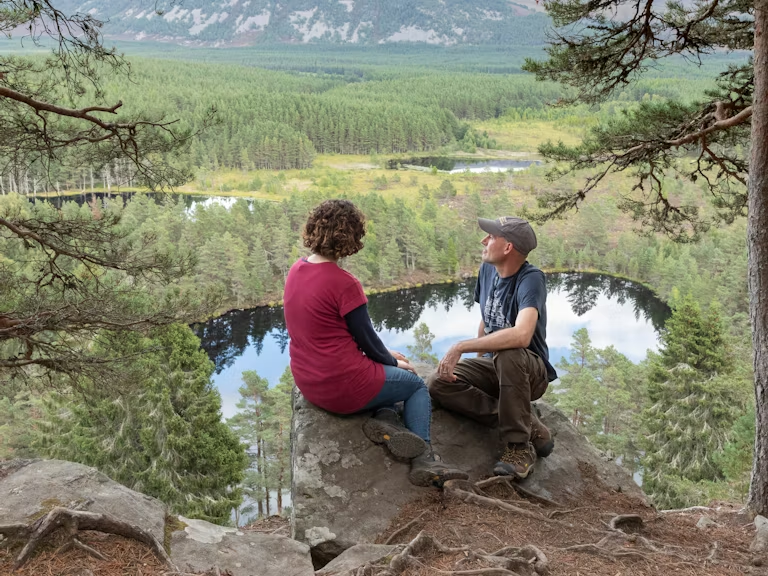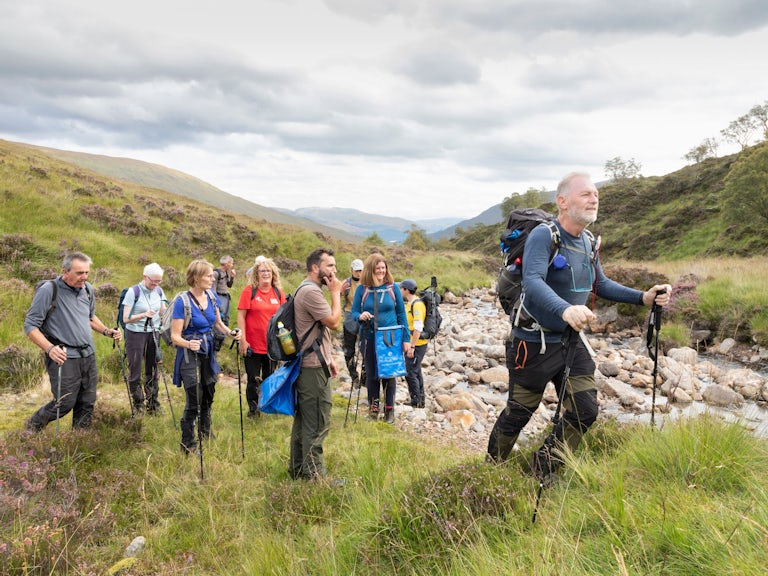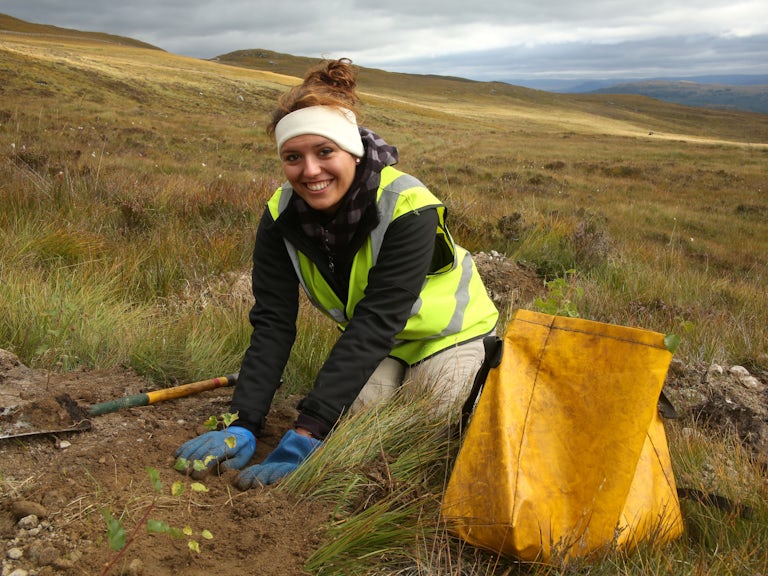Briefing paper: Scottish land reform
Shining a light on the intersections between land reform and rewilding in Scotland.
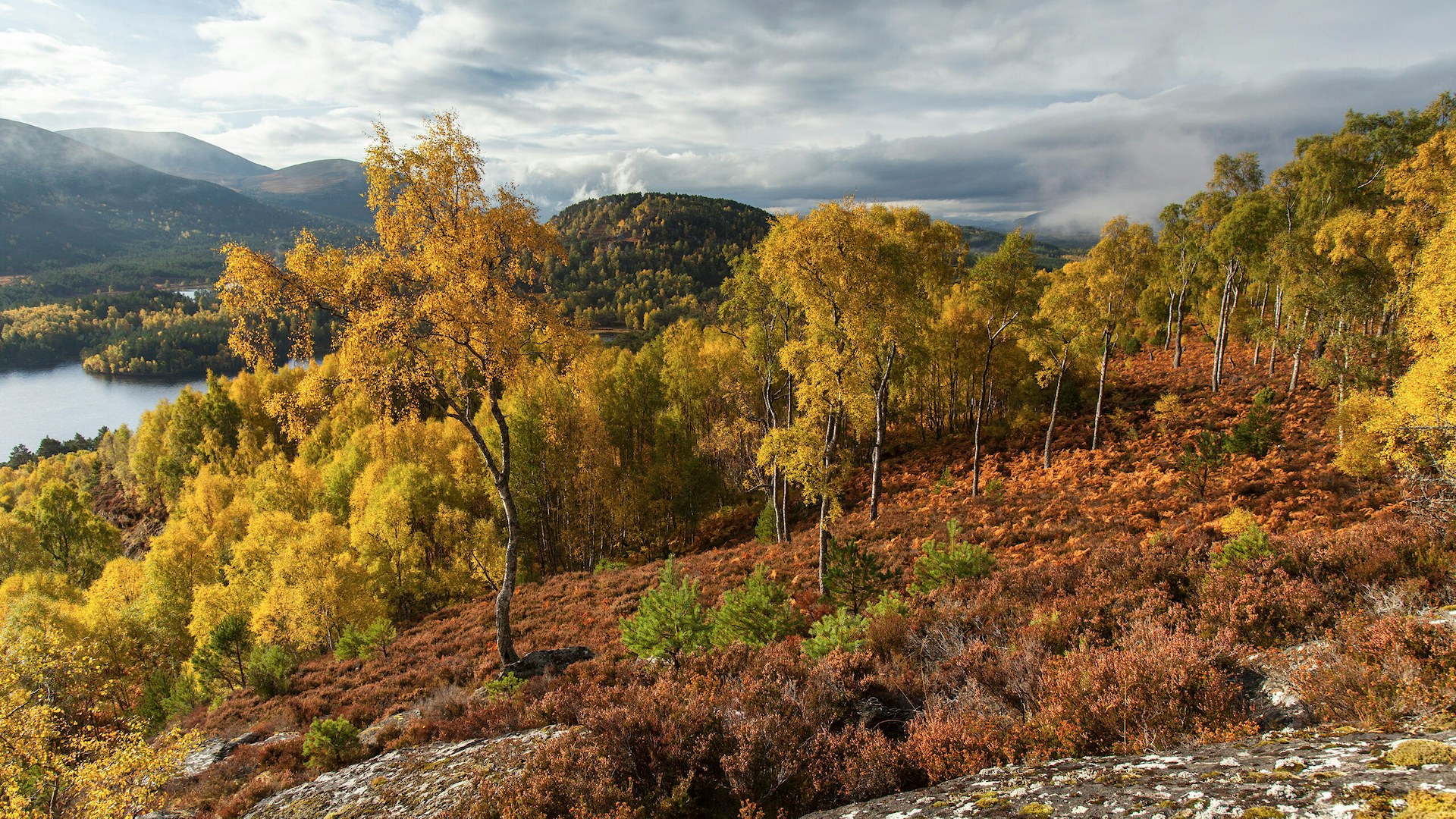
This briefing paper was commissioned to inform Rewilding Britain’s work on land reform as the Land Reform Bill passes through the Scottish Parliament. It aims to take an empirical approach to the question of whether land reform and rewilding are the polarising opposites they are often portrayed to be, or whether, in fact, common principles underpin both.
<3%
of Scotland’s land is owned by community groups
With the escalation of climate breakdown and biodiversity collapse, we face an uncertain and unstable future. One where flooding, extreme weather, warming seas and lochs, pests, diseases, infrastructure damage, food supply, eco-anxiety and the continued decline of our natural world feature more and more.
Scotland is already one of the world’s most nature-depleted countries [1]. It’s also a place where just a few hundred people own half of the country’s privately owned land. Meanwhile, a growing number of communities across Scotland want to see the natural world around them restored. For some, this means taking ownership of land with ecological restoration as an aim. Elsewhere, where direct ownership of land is not possible or not wanted, it means meaningful engagement in land use change, like rewilding.
Rewilding Britain’s latest briefing paper, written by the Centre for Mountain Studies, looks at the relationship between rewilding and land reform from a new perspective.
SCOTLAND’S LAND AND SCOTLAND’S WEALTH
Over the past two decades, legislation has sought to affect the control of Scotland’s land and the wealth that derives from it. Much of this has been aimed at increasing the amount of land owned by community groups through providing funding, support and mechanisms that encourage community land ownership.
Community groups in Scotland now own over 750 assets, mainly land and buildings, covering more than 200,000 hectares (494,200 acres) in total. This means less than 3% of Scotland’s land is in community hands. Communities continue to face barriers to acquiring land, including high prices and complex and time-consuming requirements, and weak legislation.
The most recent Land Reform (Scotland) Bill, the third in just over 20 years, is currently (November 2024) making its way through the Scottish Parliament. The Bill has been criticised for omitting many of the recommendations made by the Scottish Land Commission – and not doing enough to benefit local people or the environment.
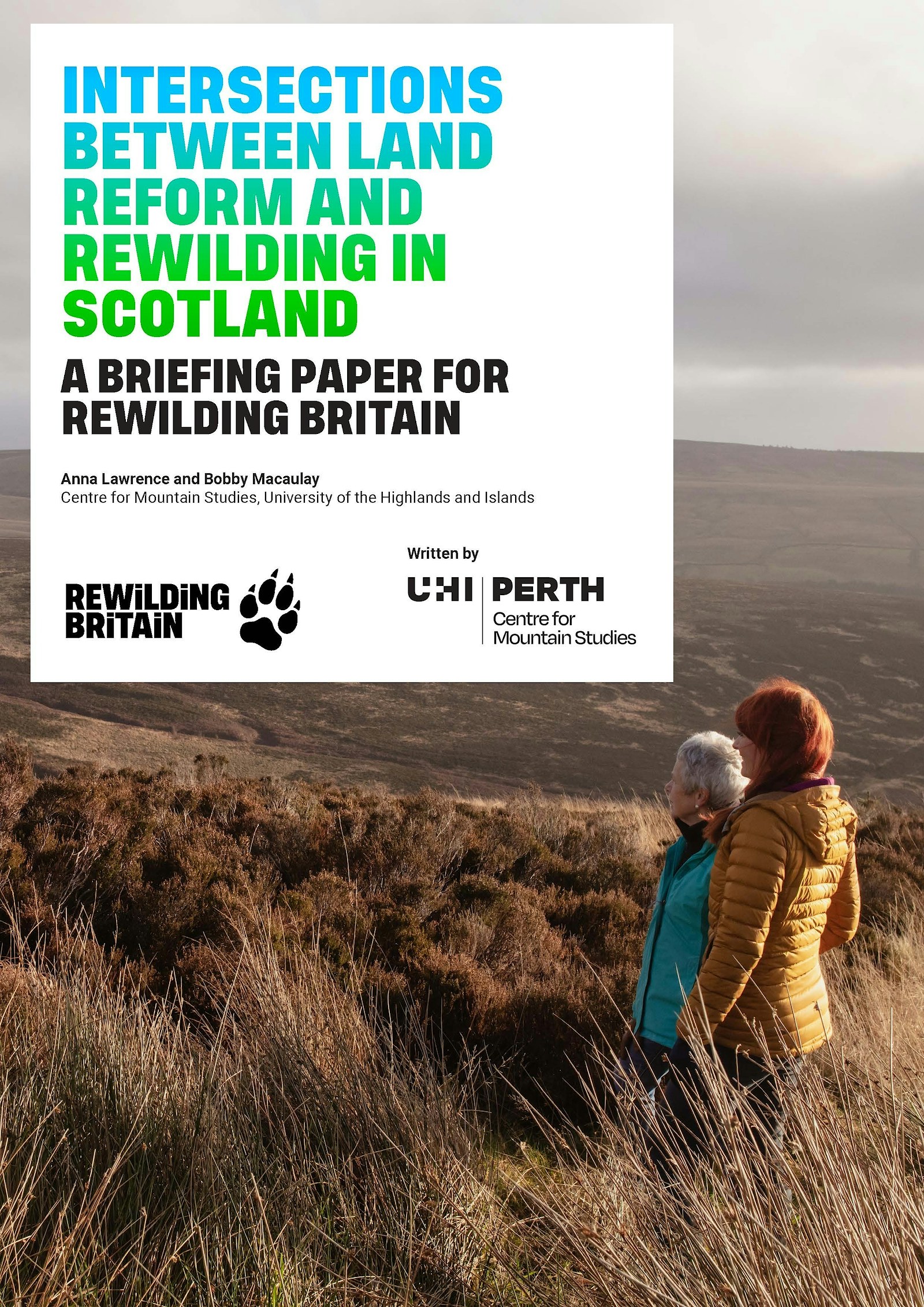
Download Intersections between land reform and rewilding in Scotland
Download pdf
REWILDING IN SCOTLAND
Rewilding increasingly recognises connections between social and ecological elements. Effective rewilding in Scotland integrates community engagement and acknowledges that humans are part of ecosystems. The idea of ‘wild’ landscapes without humans is rightly challenged in Scotland, where historical land use has influenced current ecological conditions. The romanticisation of empty landscapes often overlooks both the history of and potential for human involvement in restoring nature. The concept of rewilding may have developed elsewhere – but Scotland has made it her own.
Rewilding requires collaborative working across and beyond ownership boundaries, creating connected initiatives and reducing tensions from competing objectives.
COMMUNITY OWNERSHIP AND REWILDING
International research treats community (and other) land ownership as part of a ‘bundle of rights’. This moves beyond seeing legal owners as the only decision-makers or potential beneficiaries when it comes to land. The rights to access, use, make decisions about, remove or sell a resource do not need to sit exclusively with one entity.
The expansion of community ownership is limited by high land prices, complex processes and scepticism about community groups’ capacity to manage land. Some policies support trends that further undermine that capacity – such as carbon credits, which may drive land prices up and add a further barrier to expanding community ownership.
Community ownership is often motivated by a wish to see more nature-friendly management objectives and ecological improvements. All the examples included in the briefing paper aimed to improve nature outcomes. However, there is a lack of robust and consistent evidence for the outcomes. This can be attributed to:
- short timeframes for community ownership
- lack of resources for data collection
- other priorities for time and money
- diversity of community land assets, objectives and approaches
More robustly evidenced outcomes are typically associated with long-term projects and larger landholdings.
The role of community ownership in ecological restoration could be supported through the development of an accessible toolkit, matching community ambitions and allowing flexibility for the participatory design of targets and indicators.
Sign the Rewilding Nation Charter
We’re calling on everyone who shares our hopes and vision to urge the Scottish Government to declare Scotland the world’s first Rewilding Nation and commit to nature recovery across 30% of our land and seas.
ABOUT THE BRIEFING PAPER
The Centre for Mountain Studies collated readily available information to help understand whether community ownership or management is associated with a shift towards rewilding or ecological restoration objectives, and whether those objectives lead to outcomes that register on the ‘spectrum’ of rewilding.
Rewilding Britain’s Rewilding Journeys toolkit, which outlines the ‘spectrum’ of rewilding, was used by the Centre for Mountain Studies to understand and communicate the range of relevant ecological actions and outcomes.
This review suggests that policy improvements and support for innovative governance models could enhance the contribution of land reform to rewilding. We hope it will spark conversations about how the latest land reform legislation must help empower more people to tackle the nature and climate emergencies.
- Walton, P., O’Brien, D., Smart, J., Burns, F., Basset, D., BradferLawrence, T., Foster, S., James, B. D., Mancini, F., Mordue, S., Pakeman, R. J., Pescott, O. L., Simkin, J., Stanbury, A. J., Towers, M. (2023). State of Nature Scotland 2023. The State of Nature Partnership.
Produced by Rewilding Britain with support from the Centre for Mountain Studies.
